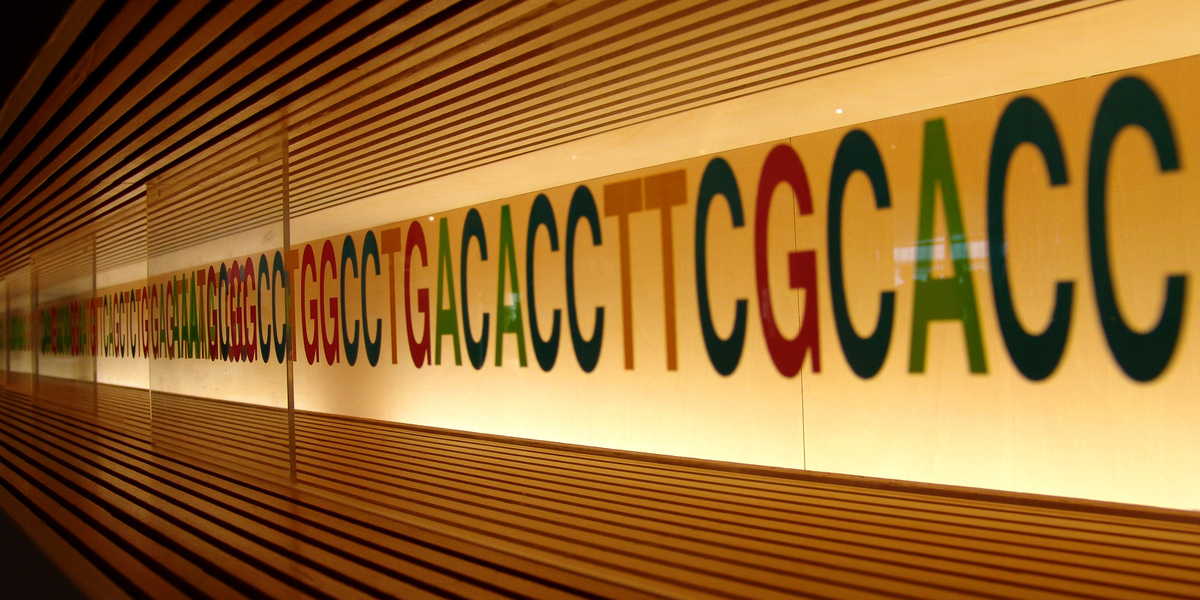
A recent paper links CAG repeat expansion with widespread RNA changes, especially in brain cells vulnerable to HD. “Knocking out” certain DNA repair genes that go awry in HD can have positive effects on features of HD in mice.

The gene MSH3 is getting a lot of attention in HD research lately. New findings suggest MSH3 lowering could halt CAG repeat expansions, offering a new therapeutic avenue.
A new study from researchers at Thomas Jefferson University delves into the details of how genetic modifiers of Huntington’s disease work.

Catch up on all the latest Huntington's disease clinical trial news in this one stop shop article covering all of the recent developments in making medicines for Huntington's disease

A gene called MSH3 helps to repair our DNA, but in HD it can slip up and cause CAG repeats to lengthen. Researchers have uncovered new information about how MSH3 activity is controlled, opening the door to new therapeutic avenues.

CAG repeats expand in some parts of the body and brain as people with HD get older, a phenomenon known as somatic instability. Learn more about how researchers are exploring somatic instability and DNA repair to design therapies for HD.

A collaborative team of scientists from Canada and Japan have identified a small molecule which can change the CAG-repeat length in different lab models of Huntington's disease. #HuntingtonsDisease #DrugDiscovery

HDBuzz reports from the annual Huntington’s disease therapeutics conference in Palm Springs

Multiple teams find small differences in the 'CAG repeat' bit of the Huntington's disease gene. They don't directly change the huntingtin protein, but do alter the age of symptom onset. What's behind this enigma and what does it mean for patients?